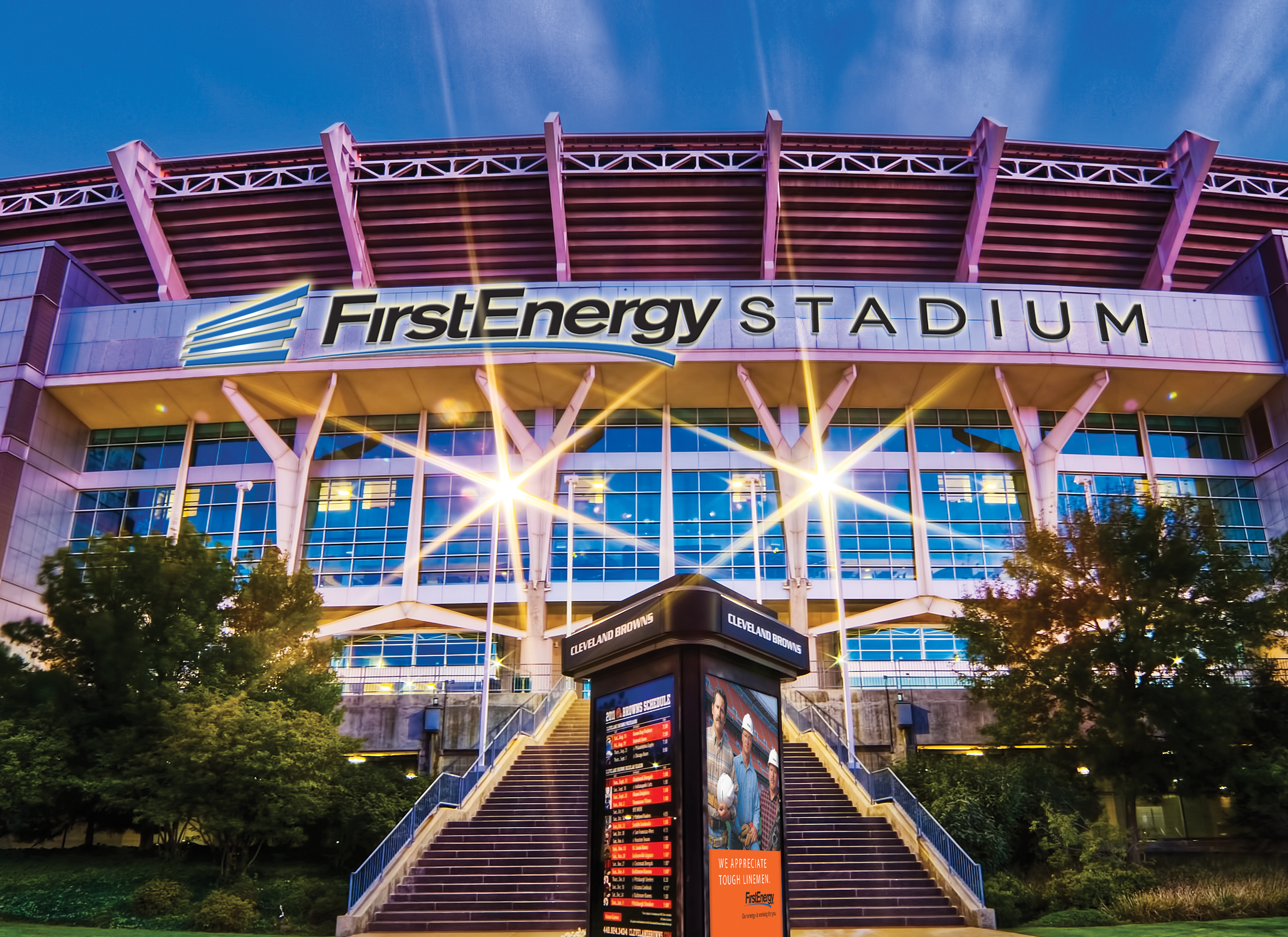As the story goes – once upon a time workers drove into the heart of the city to sit in an office building for 8 hours a day, 5 days a week. Every other Friday someone hand delivered these workers a paper paycheck. And as diligently as they drove into the city, they exited the city to return home.
Well, this fairytale is over. By early 2023 approximately 30% of full-time workdays are worked from home. As a result, cities are seeing increased office space vacancies. According to CoStar, in New York city the average office space vacancy rate is at a 26-year high.
 Office vacancies are costly. The National Bureau of Economic Research estimated that declines in office values equates to $453 billion in value. This decline in real estate value has serious repercussions for local governments which rely on property taxes. Larger cities, like New York depend on 400 million square feet of office space to provide 10 percent of the city’s $60 billion in tax revenue.
Office vacancies are costly. The National Bureau of Economic Research estimated that declines in office values equates to $453 billion in value. This decline in real estate value has serious repercussions for local governments which rely on property taxes. Larger cities, like New York depend on 400 million square feet of office space to provide 10 percent of the city’s $60 billion in tax revenue.
The lack of daytime workers in urban centers is also hurting businesses, many of which are small businesses. The fewer workers, the fewer lunches, the fewer dinners and retail shoppers, causing many businesses to shutter in city centers.
Cities across the nation are pursuing ways to adapt their empty office buildings. Many large cities are turning them into apartment complexes, small boutiques and government assisted, low-income housing.
According to Harvard University’s Joint Center for Housing Studies Millennials are moving downtown and thriving. The social atmosphere and events bringing the community together appeals to a new generation. Because the traffic is down with less commuters going to the office it becomes a more amenable location to stroll and observe the uniqueness of downtown cities. The air quality is better, many times there are street markets, music festivals, and vendors to enjoy social interaction.
Given the changes and challenges the workforce has overcome in the last 10 years, it appears we may adapt to the hybrid model of work while the city centers evolve to adjust to the new working world.



 For example, once a state agency has determined that property is needed for public use, the property owner does not have an option to simply refuse the sale of their property. However, the government is required to ensure they compensate the owner fairly and cannot place any undue burdens or hardships on the property owners during this process. Thus, when the state claims private property through eminent domain, the property owner can have an impact on getting the best deal possible.
For example, once a state agency has determined that property is needed for public use, the property owner does not have an option to simply refuse the sale of their property. However, the government is required to ensure they compensate the owner fairly and cannot place any undue burdens or hardships on the property owners during this process. Thus, when the state claims private property through eminent domain, the property owner can have an impact on getting the best deal possible. Since 1999, the Cleveland Browns have played in the First Energy Stadium – a first-class, 67,000+ seat stadium paid for by both public and private dollars. In the United States, there are 226 stadiums with seating capacities ranging from 20,000 to 107,000. And of them, 31 are NFL stadiums – remember the New York Giants and Jets share the MetLife Stadium.
Since 1999, the Cleveland Browns have played in the First Energy Stadium – a first-class, 67,000+ seat stadium paid for by both public and private dollars. In the United States, there are 226 stadiums with seating capacities ranging from 20,000 to 107,000. And of them, 31 are NFL stadiums – remember the New York Giants and Jets share the MetLife Stadium.